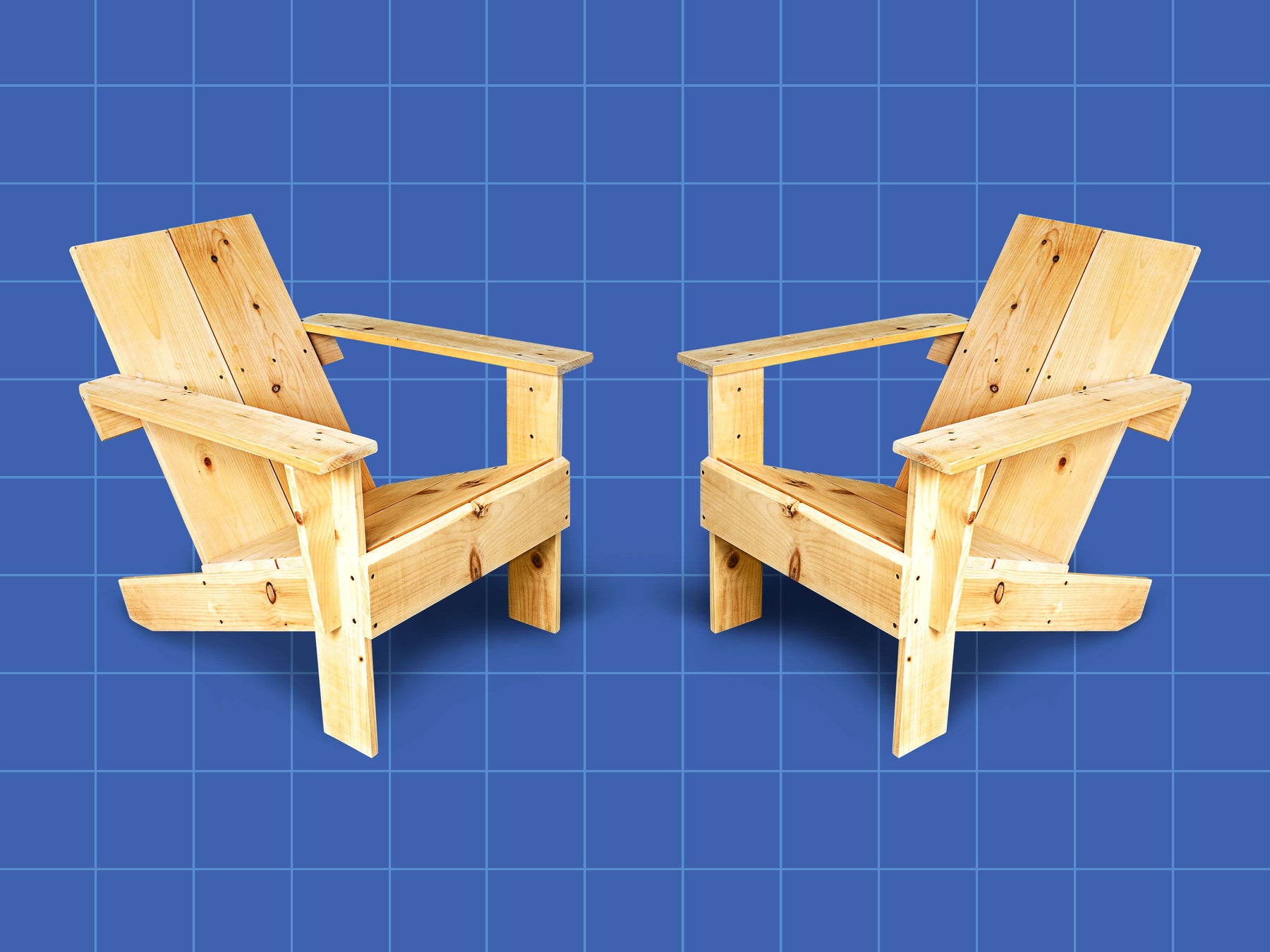
FAMILY WOODWORKING PROJECTS FOR YOUR WORKBENCH
Written by Lew Amicone
Working with your hands can be very satisfying, especially when your projects result in something you can use and enjoy around the house. Woodworking is one hobby that can encompass simple tasks or extremely involved skills, depending on the types of projects you tackle. The art of taking basic wooden boards, cutting them, and then assembling them into furniture or other items can be exciting for anyone. Even kids can engage in woodworking, and when they learn these skills during childhood, they will often continue to use them into adulthood. Spending time as a family is always a good thing, and when you can work together on a woodworking project, it’s all the better.
When children learn woodworking skills, they are learning things that will serve them well throughout their lives. Basic woodworking tools such as hammers, screwdrivers, chisels, and saws may seem complicated to use properly, but by starting slowly and supervising carefully, parents can help children to gain valuable experience with these tools. As children engage in woodworking activities, they can hone important gross and fine motor skills and hand-eye coordination. They also develop perseverance, the ability to focus, and mathematical thinking as they follow instructions, measure, and conceptualize their woodworking projects. Woodworking also helps build self-confidence, teamwork skills, responsibility, and respect for safety. As skills increase, confidence rises, too. This enables kids to tackle new and more challenging projects, which further enhances their confidence.
By the time kids reach the age of 4 or 5, they are usually ready to begin using real tools, possibly in child-size proportions. A basic tool set might include hammer, screwdrivers, wrenches, chisels, and sandpaper. Give kids a spot to store tools at your workbench. Adults should demonstrate how to use tools and then supervise as children take a turn. Make a household rule that kids should not remove tools from the workbench without permission. Some basic lessons might include learning how to hammer nails, screw in screws, and sand soft wood such as pine. Teach kids the names of all of the tools, and show them how to handle them correctly and care for them. When children are working with tools, teach them to protect their eyes, ears, heads, fingers, and toes. Everyone should wear goggles to protect their eyes from flying debris and earplugs to protect their ears from loud noises. A hard hat can protect the head from impact, gloves are useful for protecting fingers, and closed-toe shoes or boots will keep feet safe.
Offer teaching projects to kids so they can get used to using tools. Hammering nails into soft pine boards is an excellent first woodworking activity. Kids could also drive nails into a tree, screw screws into holes you’ve started with drilled pilot holes, and sand boards until they’re smooth. After children have opportunities to use tools and become more comfortable, you can introduce simple woodworking projects. Making a birdhouse is an excellent first woodworking project. Building a birdhouse involves following a plan, measuring and cutting wood pieces, fitting them together, attaching them with nails or screws, and then painting or decorating the birdhouse. Kids will love hanging the birdhouse from a backyard tree and then watching to see if a family of birds moves in.

Leave a comment